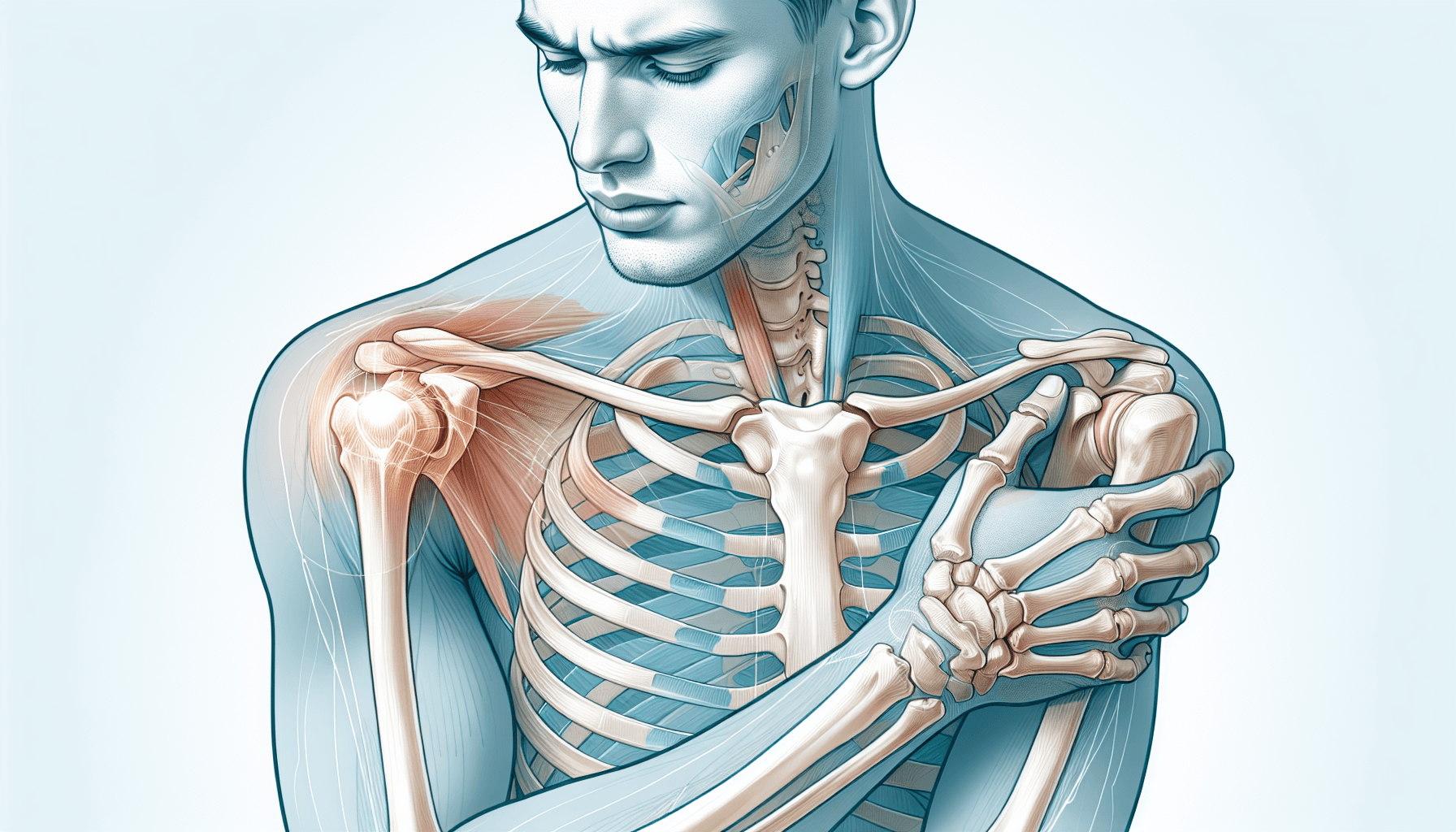Shoulder pain can be a debilitating issue that affects many individuals. Whether it stems from an injury, overuse, or a medical condition, understanding the common causes and symptoms can help guide individuals towards proper treatment and relief.
Common Causes of Shoulder Pain
Shoulder pain can have various causes, and it is essential to identify the underlying issue to determine the appropriate treatment. Here are some of the most common causes of shoulder pain:
- Rotator Cuff Injury: The rotator cuff is a group of muscles and tendons that stabilize the shoulder joint. Injury to the rotator cuff, such as a tear or inflammation, can lead to pain and limited range of motion.
- Shoulder Impingement: This occurs when the rotator cuff tendons become pinched between the shoulder blade and the upper arm bone, causing pain and discomfort during certain movements.
- Frozen Shoulder: Also known as adhesive capsulitis, frozen shoulder is characterized by stiffness and pain in the shoulder joint. It often develops gradually and can severely limit shoulder movement.
- Shoulder Arthritis: Arthritis can affect any joint in the body, including the shoulder. Osteoarthritis, rheumatoid arthritis, and post-traumatic arthritis are some common types of shoulder arthritis.
- Bursitis: Bursitis occurs when the fluid-filled sacs (bursae) in the shoulder joint become inflamed. This inflammation can cause pain and limit the shoulder’s range of motion.
These are just a few examples of the many possible causes of shoulder pain. It is crucial to consult with a healthcare professional for an accurate diagnosis.
Symptoms of Shoulder Pain
The symptoms of shoulder pain may vary depending on the underlying cause. Some common symptoms include:
- Pain: Pain can range from mild to severe and may worsen with certain movements or activities.
- Stiffness: Individuals may experience limited range of motion in the shoulder joint, making it difficult to perform daily tasks.
- Weakness: Weakness in the shoulder muscles may be present, making it challenging to lift or carry objects.
- Swelling: Swelling or inflammation in the shoulder area can accompany pain.
- Popping or clicking: Some individuals may notice popping or clicking sounds when moving their shoulder, which can be a sign of an underlying issue.
If you experience any of these symptoms, it is important to seek professional medical advice for a proper diagnosis and treatment plan.
Professional treatment is crucial for resolving shoulder pain effectively. Depending on the cause and severity of the pain, treatments may include:
- Physical therapy exercises to strengthen the shoulder and improve range of motion.
- Nonsteroidal anti-inflammatory drugs (NSAIDs) to reduce pain and inflammation.
- Steroid injections to relieve pain and reduce inflammation.
- Rest and immobilization to allow the shoulder to heal.
- Surgery in severe cases or when conservative treatments do not provide relief.
In addition to professional treatment, individuals can also take steps to prevent or minimize shoulder pain. These include:
- Proper Posture: Maintaining good posture can help prevent strain on the shoulder muscles and joints.
- Regular Exercise: Strengthening the muscles around the shoulder joint can provide support and stability, reducing the risk of injury.
- Using Proper Lifting Techniques: When lifting heavy objects, using the legs instead of relying solely on the arms and shoulders can help prevent strain.
- Taking Breaks: If your job involves repetitive shoulder movements, taking regular breaks can help prevent overuse injuries.
- Using Proper Ergonomics: Ensure that your workspace is set up ergonomically to avoid unnecessary stress on the shoulders.
By following these preventive measures and seeking timely treatment when necessary, individuals can better manage or even avoid shoulder pain altogether.
Shoulder pain can significantly impact an individual’s daily life and functionality. Understanding the common causes and symptoms is an important step towards finding relief. If you are experiencing shoulder pain, it is advisable to consult with a healthcare professional to determine the underlying cause and develop a customized treatment plan. Remember, early intervention and proper care can make a significant difference in managing shoulder pain effectively and promoting long-term shoulder health.

